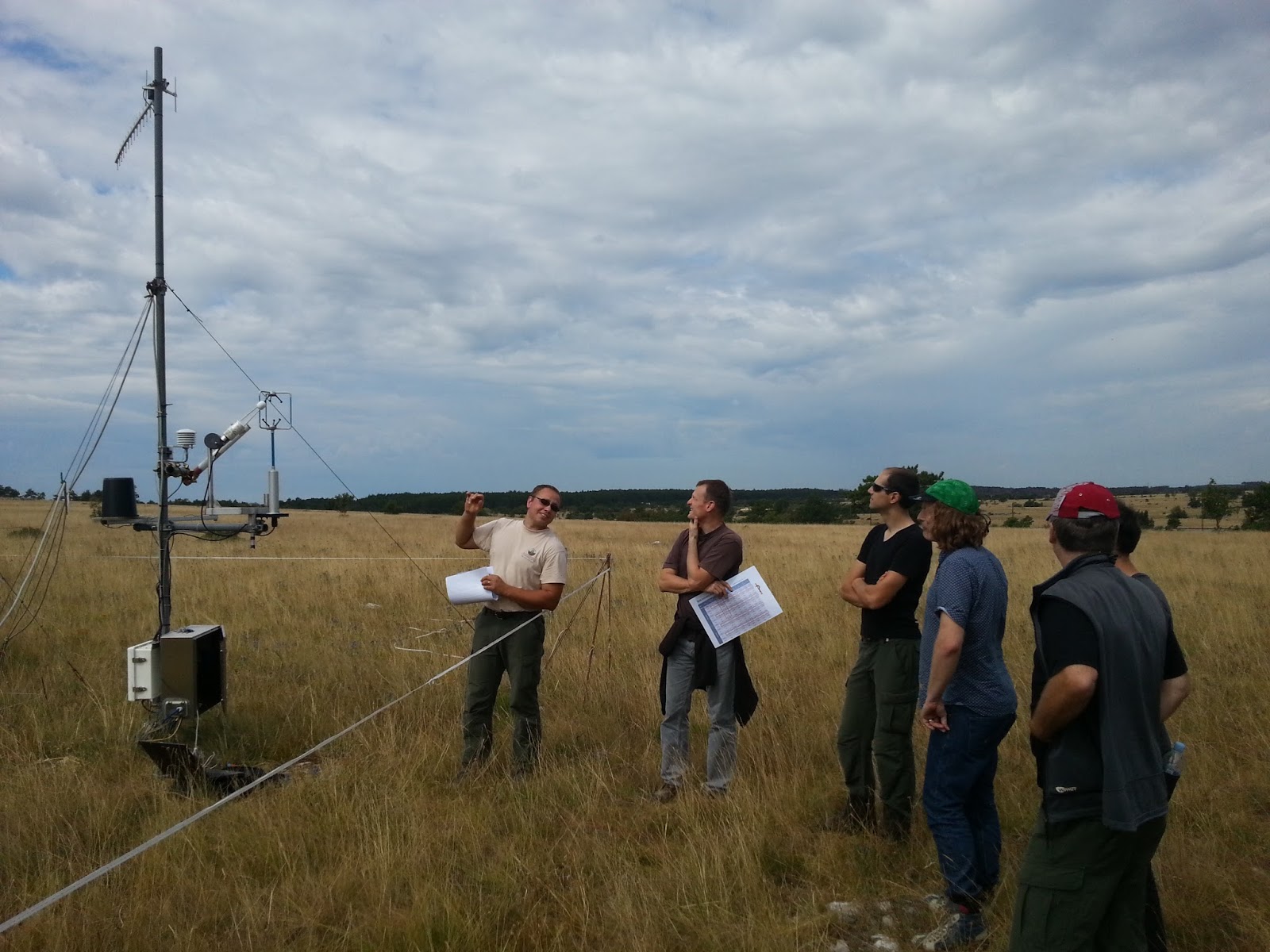Ecological Society Meeting in Potsdam
This week the Ecological Society of Germany, Austria and Switzerland is holding a meeting in Potsdam. Kai Nitzsche, PhD candidate, is presenting his poster on kettle holes (pot holes if you are from North America) dispersed across the agricultural landscape of NE Germany. He will perform some very cool experiments regarding priming of organic matter in soil and sediments, and water flow into these small water bodies. Here is his poster he will present, (click on it for the pdf):
Adam Roddy will also present a talk about his work in Southern Germany investigating isotopic non-steady-state of leaf water.
Canopy position influences the deviation of
plant-transpired water vapor from isotopic steady-state
If you are lucky enough to be there, then don't miss these presentation opportunities!













